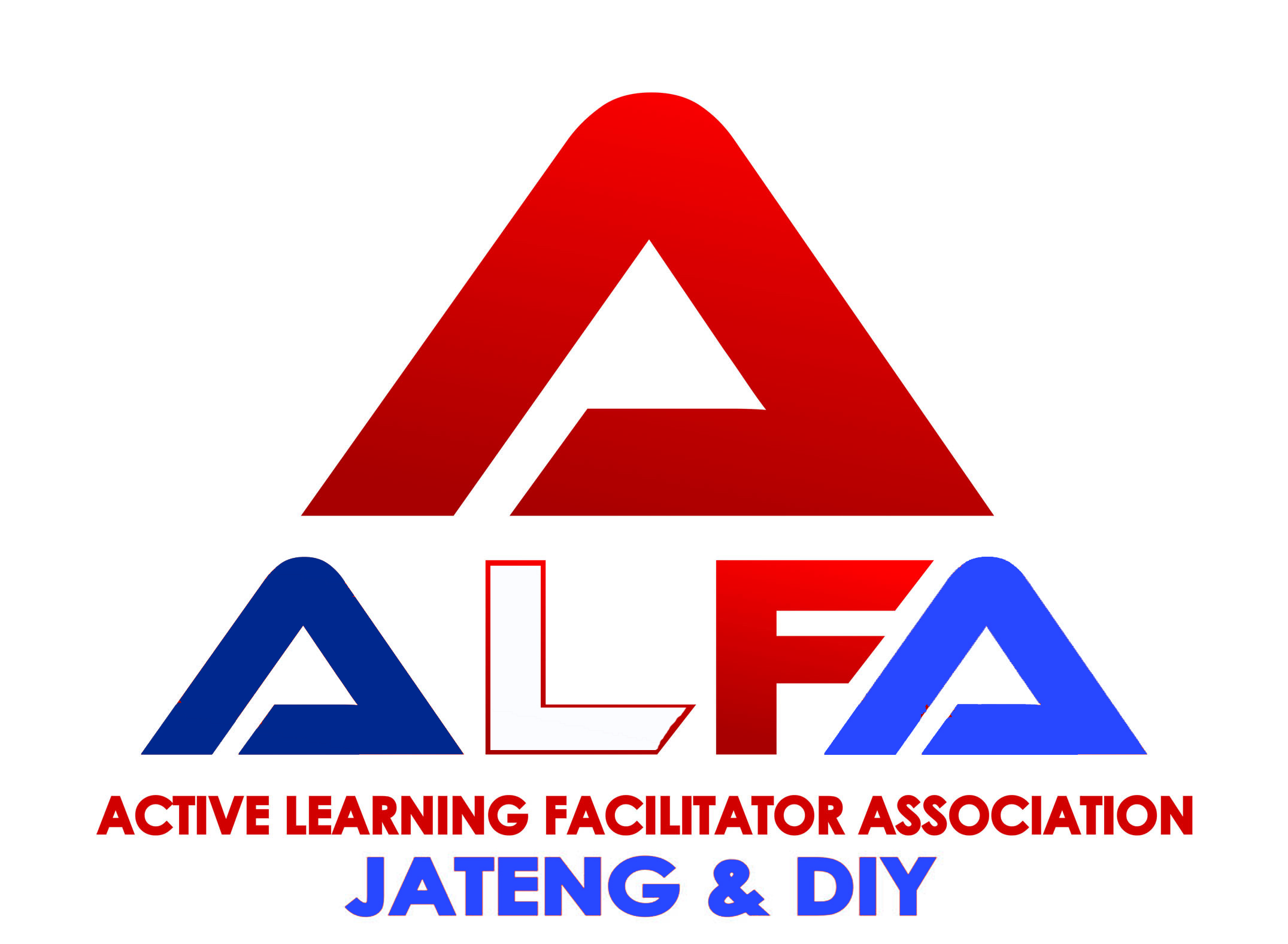Hydraulic Carica as A Local Commodity Potential Based Natural Scientific Instrument
Abstract
This research aimed to develop a local commodity potential based natural, scientific instrument called Hydraulic Carica (Hydrocar). It belonged to research and development studies. The instrument was developed through several stages: information acquisition, planning, development, validation and limited testing. It was validated by experts, practitioners and students during the limited testing stage. The product of research was a natural, scientific instrument based on local potential commodity in Wonosobo regency called Hydrocar (Hydraulic Carica). The instrument was developed according to the criteria with ”very good” scores on media, material and method aspects. Hydrocar is a suitable media for natural, sciences learning because it overcomes time and space limitation, improves students’ motivation and understanding and allows them to be more actively engaged in classroom.
Keywords: Hydraulic Carica, Natural Scientific Instrument, Local Commodity Potential.
Full Text:
PDFReferences
Arsyad, A. (2013). Media pembelajaran. Jakarta: Rajagrafindo Persada.
Brog, W.R. & Gall, M.D. (1983). Educational research. New York: Longman.
Chee, T. S. & Wong, A. F. L. (2003). Teaching and learning with technology: An Asia-Pacific perspective. Singapore: Prentice Hall.
Cuban, L. (2001). Computers in the classroom. Cambridge: M.A. Harvard University Press. Retrieved from http://www.webpages. uidaho.edu/mbolin/akerele-afolable.htm
Dale, E. (1969). Audiovisual methods in teaching. 3rd ed. New York: Holt, Reinhart & Winston.
Departemen Pendidikan Nasional. (2010). Bahan pelatihan penguatan metodologi pembelajaran berdasarkan nilai-nilai budaya untuk membentuk daya saing dan karakter Bangsa. Jakarta: Pusat Kurikulum Balitbang Depdiknas.
Firdaus, F. (2016). Efektivitas penggunaan media audio-visual dalam pembelajaran Sains. Spektra: Jurnal Kajian Pendidikan Sains, 2(01), 46–54.
Firdaus, F. (2017). Pengembangan media pembelajaran bervisi SETS berbantuan komputer untuk meningkatkan keterampilan pemecahan masalah. Spektra: Jurnal Kajian Pendidikan Sains, 1(1), 17–29.
Koç, M. (2005). Implications of learning theories for effective technology integration and pre-service teacher training: A critical literature review. Journal of Science Education, 2(1), hal. 1–16.
Lapada, Aris A. & Lapada, Andy A. (2017). Audio-Visual aided instructional in Science among high school students in the Philippines, International Journal of Education and Research, 5(7), hal. 139 – 156.
Newby, T. J., et al. (2000). Instructional technology for teaching and learning: designing instruction, integrating computers, and using media. Upper Saddle River: Prentice-Hall Inc.
Notoatmodjo, S. (2009). Pengembangan sumber daya manusia. Jakarta: PT. Rineka Cipta.
Ranasinghe, A. I. & Leisher, D. (2009). The benefit of integrating technology into the classroom. International Mathematical Forum, 4(40), hal. 1955–1961.
Shabiralyani, G., Shahzad, K., Hamad, N., & Iqbal, N. (2015). Impact of visual aids in enhancing the learning process case research: District Dera Ghazi Khan. Journal of Educational and Practice, 6(19), 226 – 233.
Sitanggang, A. (2013). Alat peraga matematika sederhana untuk sekolah dasar. Medan: LPMP Widyaiswara.
Winarno, et al. (2009). Teknik evaluasi multimedia pembelajaran: Panduan lengkap untuk para pendidik dan praktisi pendidikan. Malang: Genius Prima Media.
DOI: https://doi.org/10.31002/ijose.v2i2.884
Refbacks
- There are currently no refbacks.
Copyright (c) 2018








